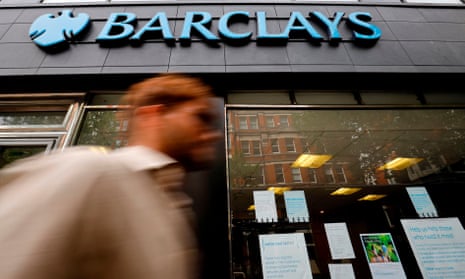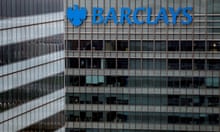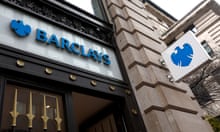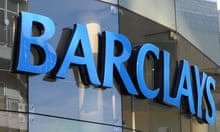Here’s the good news for Barclays shareholders: the bank should be able to handle a downpour of Covid-related loan defaults with relative ease. A drenching is inevitable, but this crisis is not a rerun of 2008-09.
Capital buffers are high. Provisions for those looming defaults, at £3.7bn in the first half, look a fair current estimate of what’s in store. And the investment bankers and traders, instead of imperilling Barclays’ survival as they did last time, are now an asset. The whirl of activity in fixed-income, currency and corporate fundraising markets was the main reason why the group, even after the hefty provisioning whack, notched up pre-tax profits of £1.3bn in the half-year.
Regulators will also give thanks, which is the point at which the reassuring news for Barclays investors becomes mixed. Healthy capital ratios and post-provision profits create room for officials to chivvy lenders to grant mortgage holidays and play nicely with over-indebted consumers and companies. Sending capital to the shareholders as dividends tends to rank low in the list of regulatory priorities.
Thus Jes Staley, Barclays chief executive, was being optimistic when he told his income-deprived investors that the board “will decide on future dividends and capital returns at the year end 2020”. Will the directors genuinely decide? Or will the chairman await a call from the Bank of England to tell him what, if anything, Barclays is allowed to distribute?
It’ll be the latter, one suspects. Threadneedle Street suspended bank dividends in March on grounds of general financial safety, and there are few reasons to think it is minded to sound an all-clear soon. Over in Frankfurt, the European Central Bank is already growling about next year’s dividends at eurozone banks and the importance of using capital for “lending and loss absorption”.
For Barclays’ investors, it will feel terribly unfair. Profits at the UK retail bank will be thin in an era of ultra-low interest rates, and boom-time for Barclaycard is over for a while. But on current form, shareholder rations would normally still include a dividend. If that’s off the menu, what’s the point of owning shares in a bank?
Well, quite. Barclays’ shares fell by 6% on Wednesday, despite the resilient half-year numbers, and one can see why. It could be a short hop from second wave of Covid-19 infections to a second round of restrictions on bank dividends. After that, will the Treasury try to shove on to lenders some of the losses it has nominally underwritten on “bounce back” loans? The small print is yet to be tested.
Banks owe us a period of national service, says one school of thought. Another says a recovering economy needs a push from lenders with an appetite for risk, for which the traditional reward is dividends for the owners. Both arguments make sense. There is a real tension there.
Until it is resolved, you can’t blame investors for giving the sector a miss. The stock market rates Barclays’ shares at 40% of book value, which makes them cheap, analysts mostly agree. One day, maybe. Until the dividend outlook is resolved, banks are mystery stocks.
The Next best thing?
Next, by contrast, is in far greater control of its destiny. The picture has improved radically since April, when the shops were shut and an annual loss was predicted. Now the clothing retailer expects a profit, albeit the range of plausible outcomes is still wide. The profit could be as little as £15m in a “downside scenario” or as much as £330m in an “upside”. The “central scenario” is £195m.
If the calculations sound detailed, that’s because they are. The beauty of Next’s financial statements is that chief executive Simon Wolfson shows his workings. Investors are shown the effects of all manner of factors.
Lockdown shoppers, for example, are more selective in what they buy via the website if they can’t return unwanted goods to a shop. That saves Next a few million quid on handling costs.
Do all retailers run such financial analyses? If they do, they never share them with investors. They should. It gives the impression that management knows which levers to pull in a crisis. In Next’s case, it expects net debt to fall by £464m this year under the “central” thesis. That’s good going.










